Commercial Roof Insurance Claims — Texas Roof Support
When it comes to roofing, there is no such thing as a little problem. It is imperative that you deal with these difficulties as soon as possible, or they will become worse and cost you a lot of money.
It is imperative that you make an insurance claim with your business roofing insurance company right away. In the event of a hail storm, you will need to file a hail damage claim with your insurance company.
With a roofing insurance claim, you’ll feel more secure. Hail damage and roof leak insurance is something you need to have in your insurance policy. Your best bet is to avoid making any mistakes that might jeopardize your insurance application.
Commercial Roof Types Roof Types
GRAVEL Roof Claims
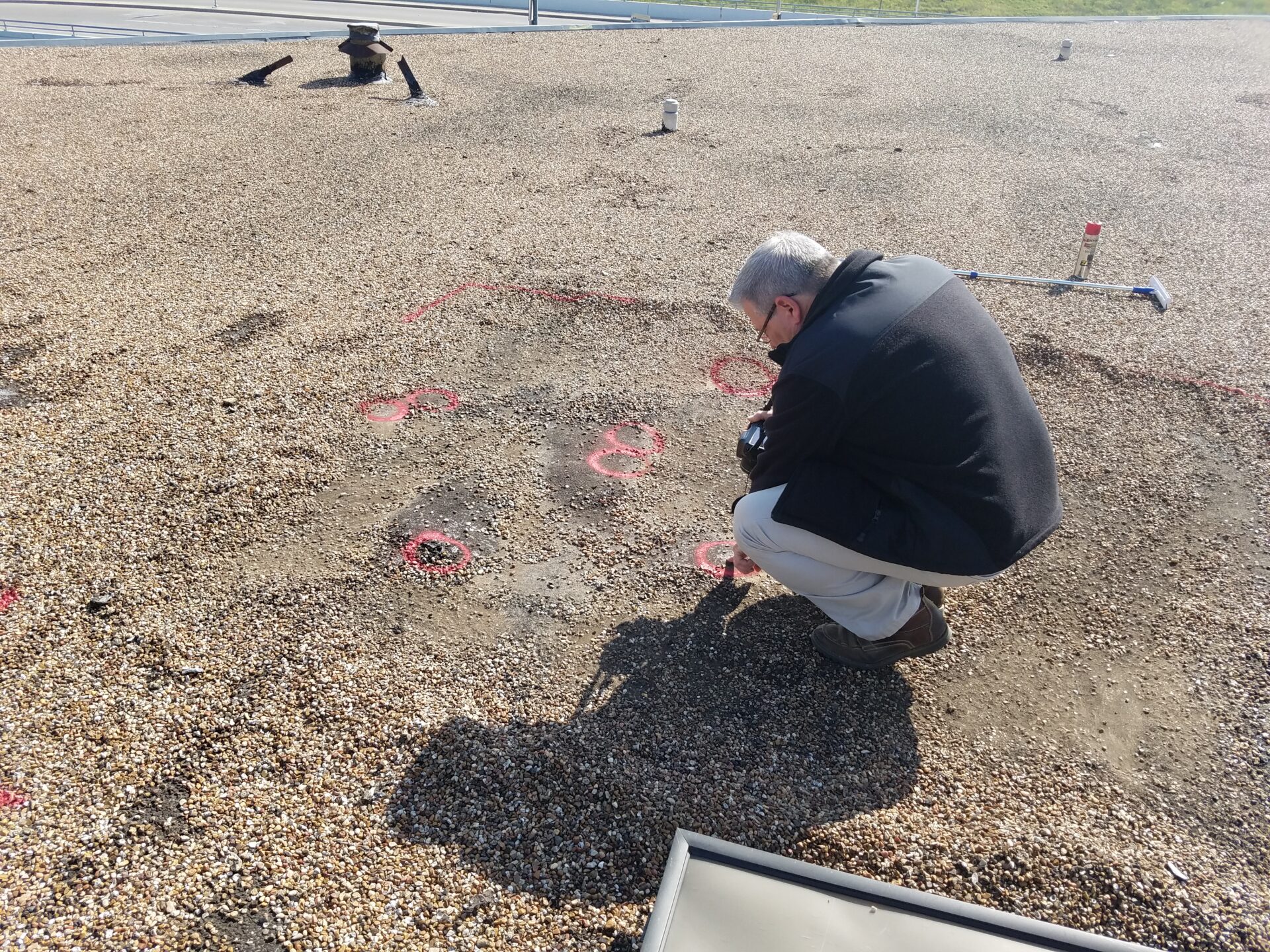
Tar and gravel roofs are usually made of 3 to 5 laminated layers of asphalt base sheets, hot tar, and roofing felt. Light-colored gravel is used to cover the dark layers.
TPO Roof Insurance Claims
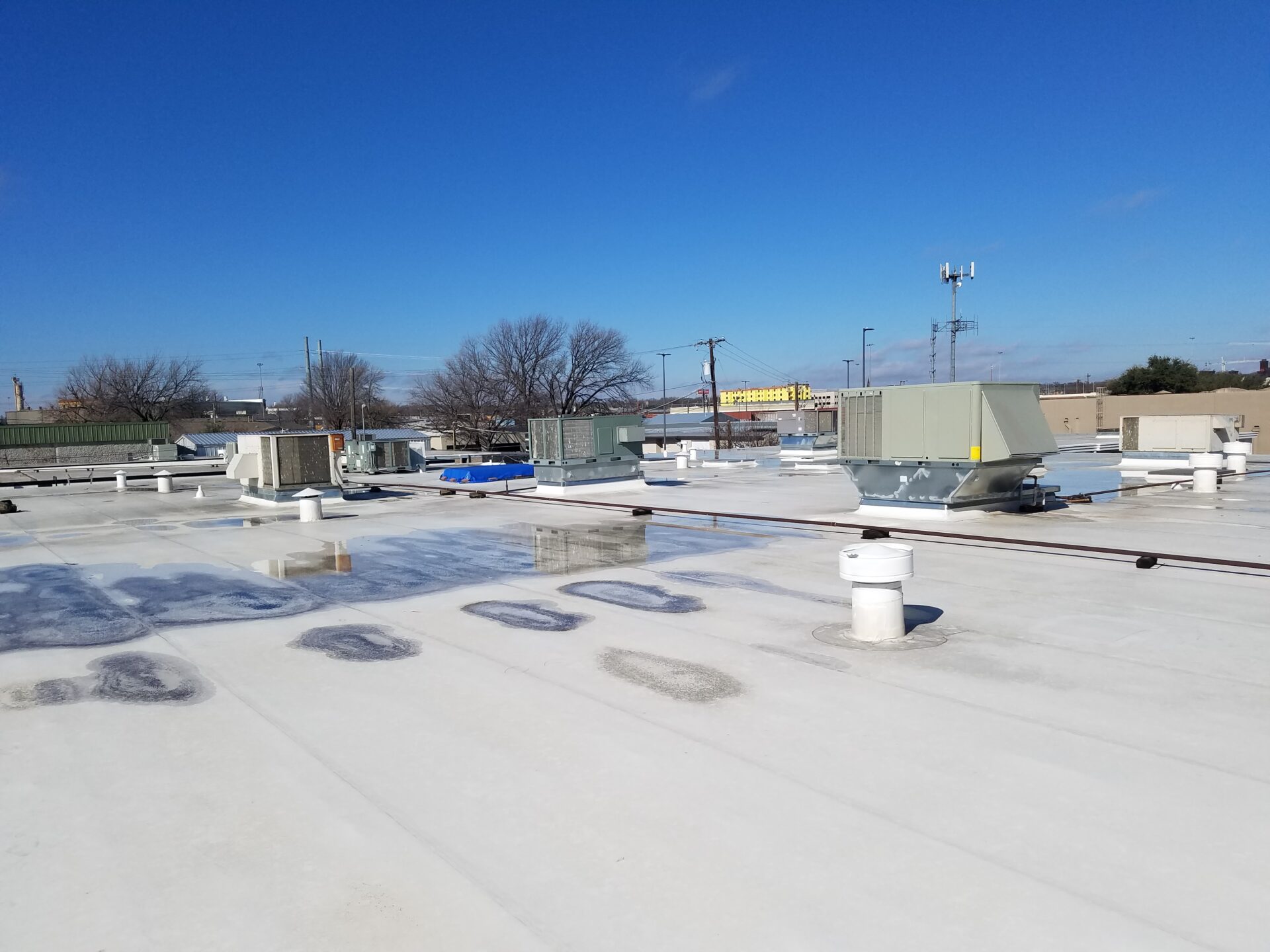
Thermoplastic Polyolefin (TPO) is a single-ply reflective roofing membrane made from polypropylene and ethylene-propylene rubber polymerized together.
EPDM Roof Insurance Claims
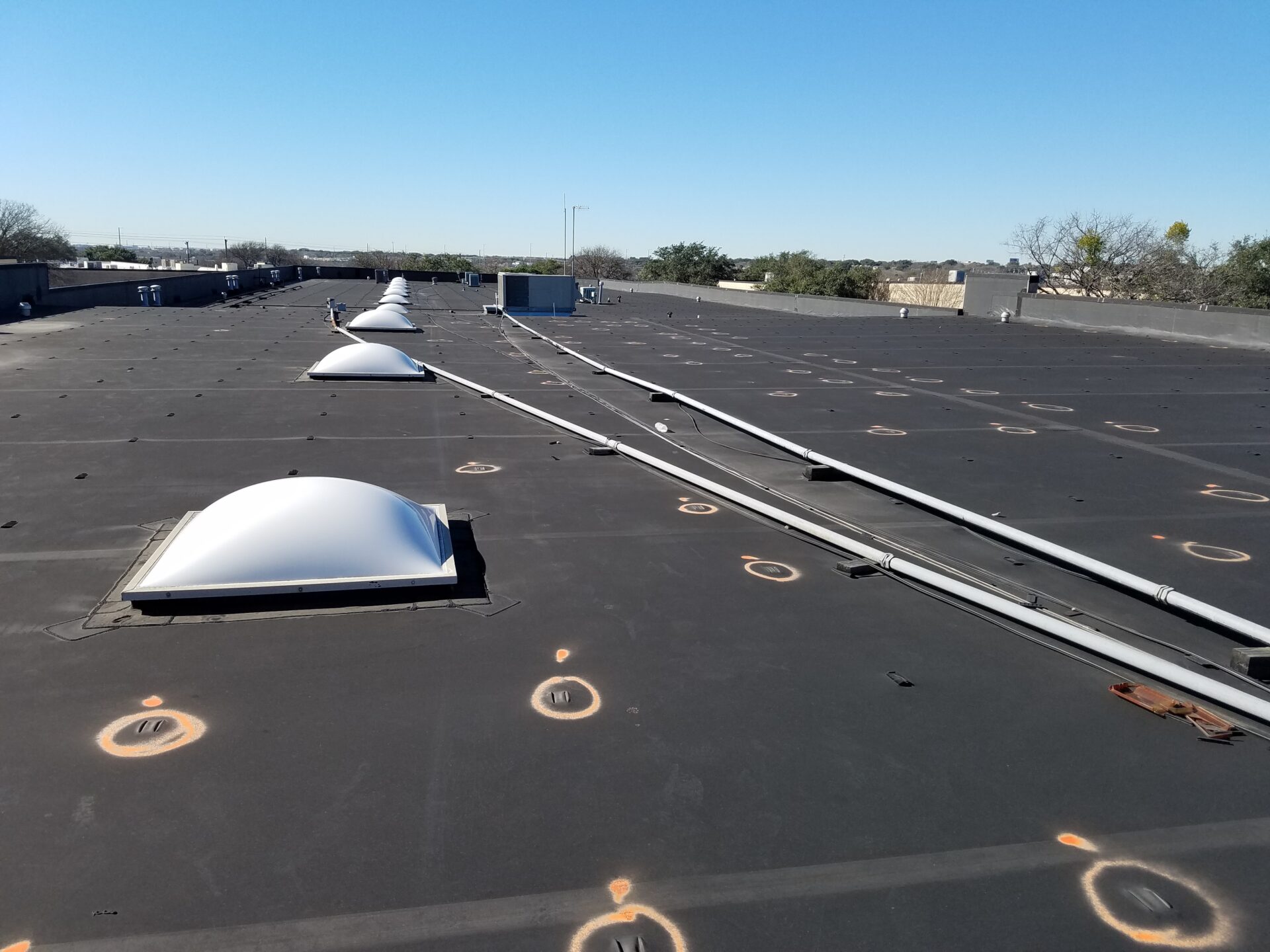
EPDM is an extremely durable synthetic rubber roofing membrane widely used in low-slope buildings. Its primary ingredients, ethylene, and propylene are derived from oil and natural gas.
MODIFIED BITUMEN Insurance Roof Claims
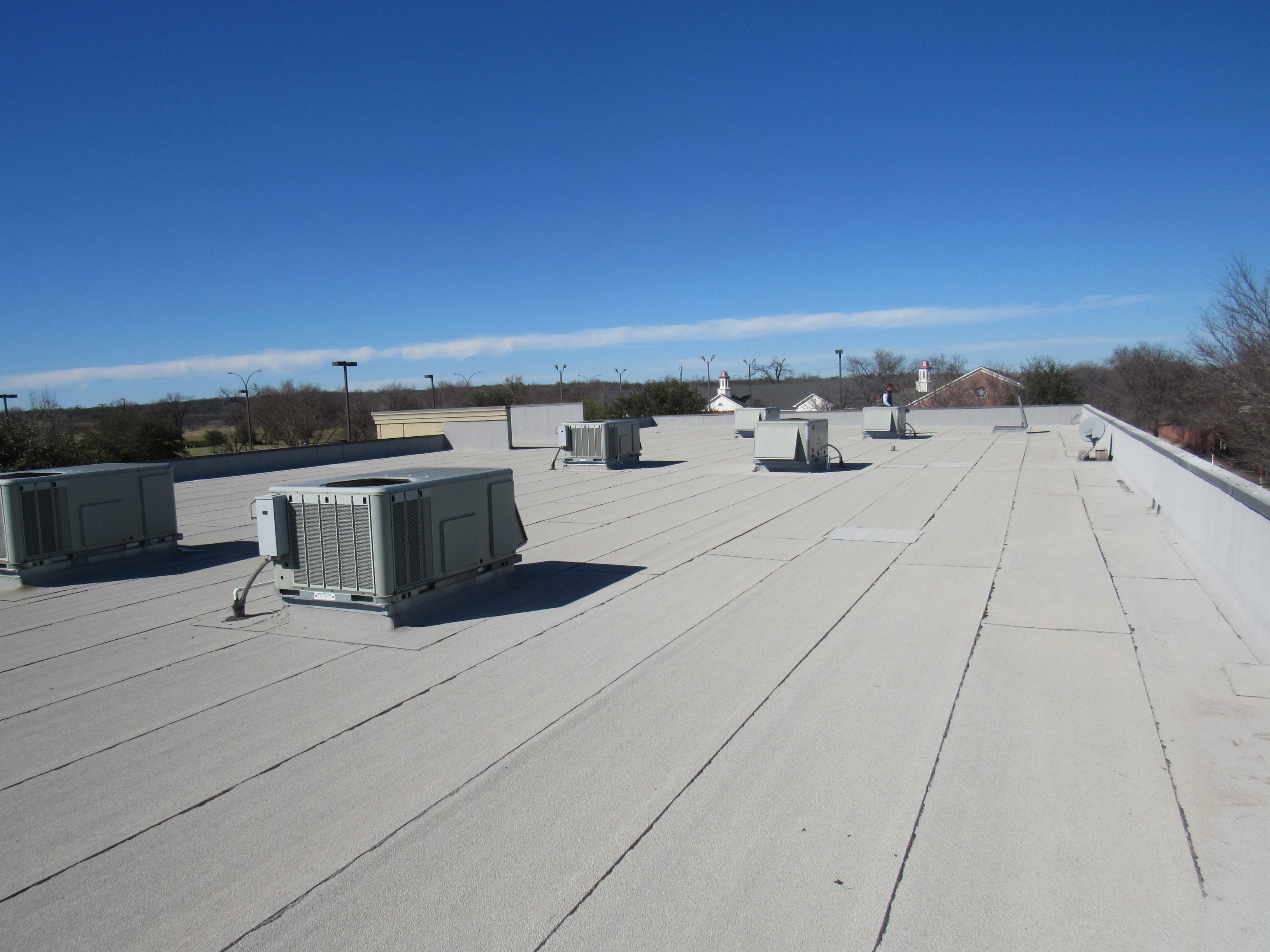
Membrane roofing is a type of roofing system for buildings and tanks and is most commonly made from synthetic rubber, thermoplastic, or modified bitumen.
BUILT UP Insurance Roof Claims
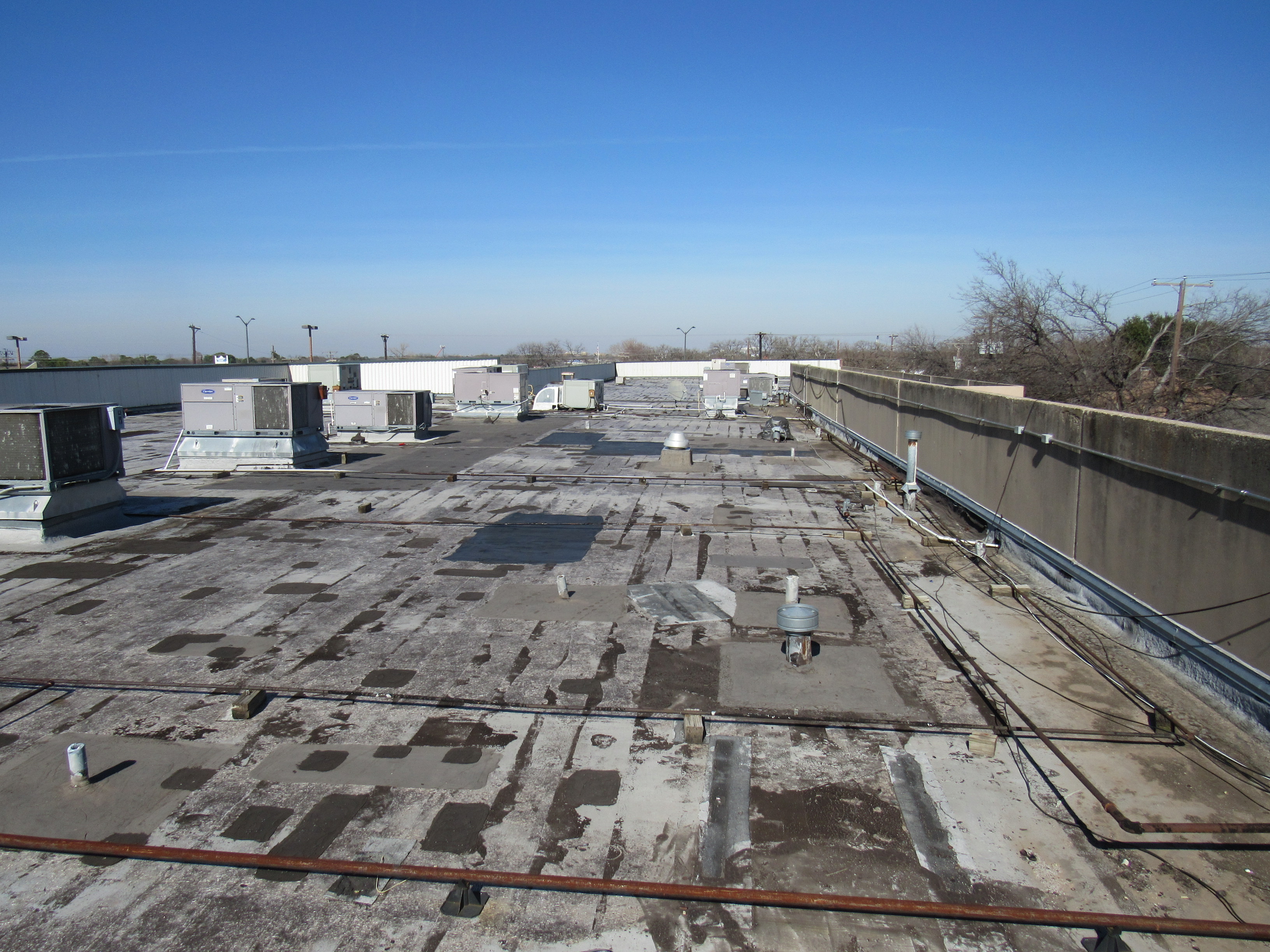
Built-up roofing is the most popular material used on low-slope roofs. The fabrics or layers used on built-up roofing are called ply sheets.
BUILT UP Insurance Roof Claims
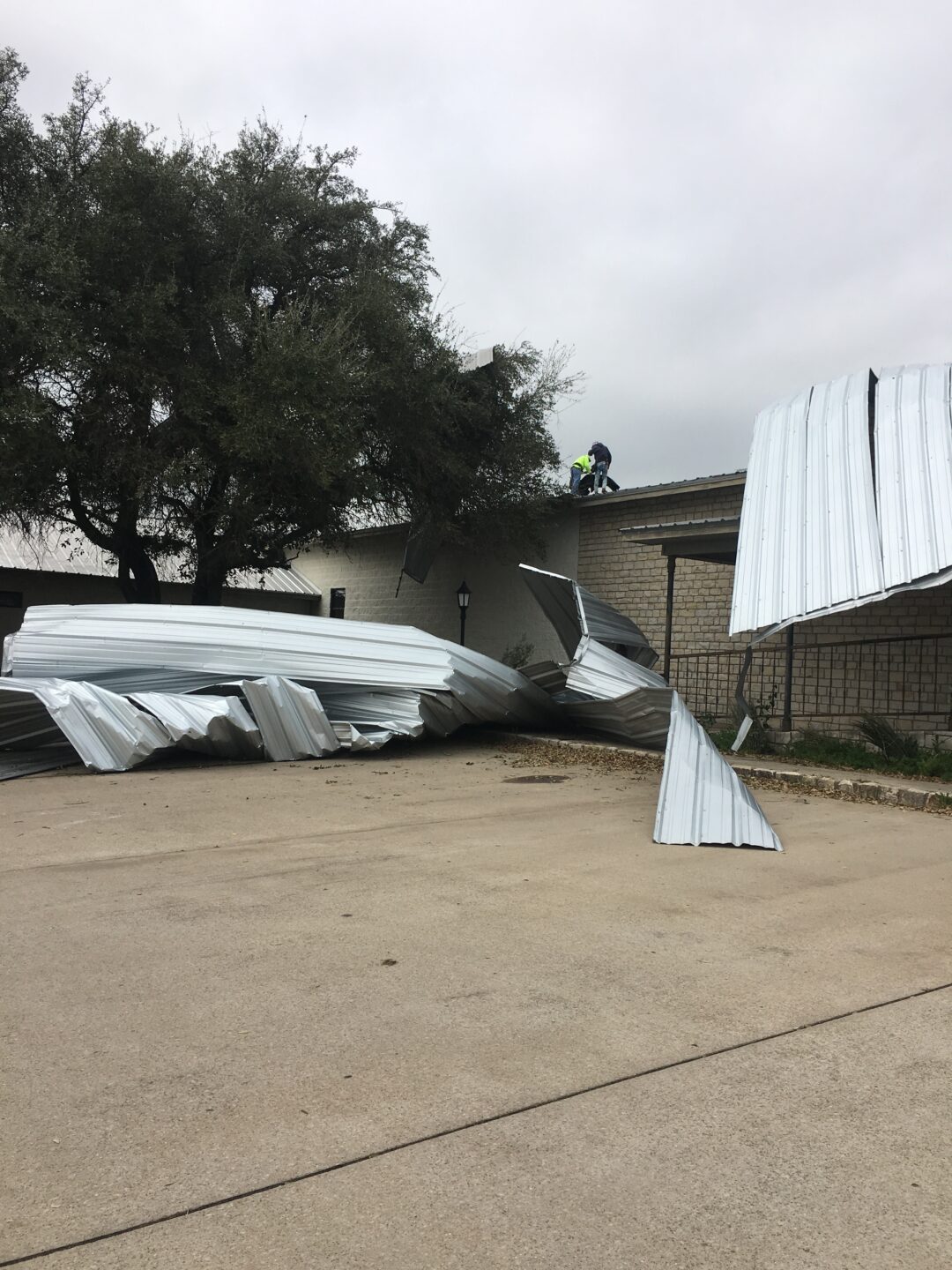
Metal roofing is a staple of the commercial and industrial roofing markets due to its outstanding durability, design flexibility, and low lifecycle costs.
